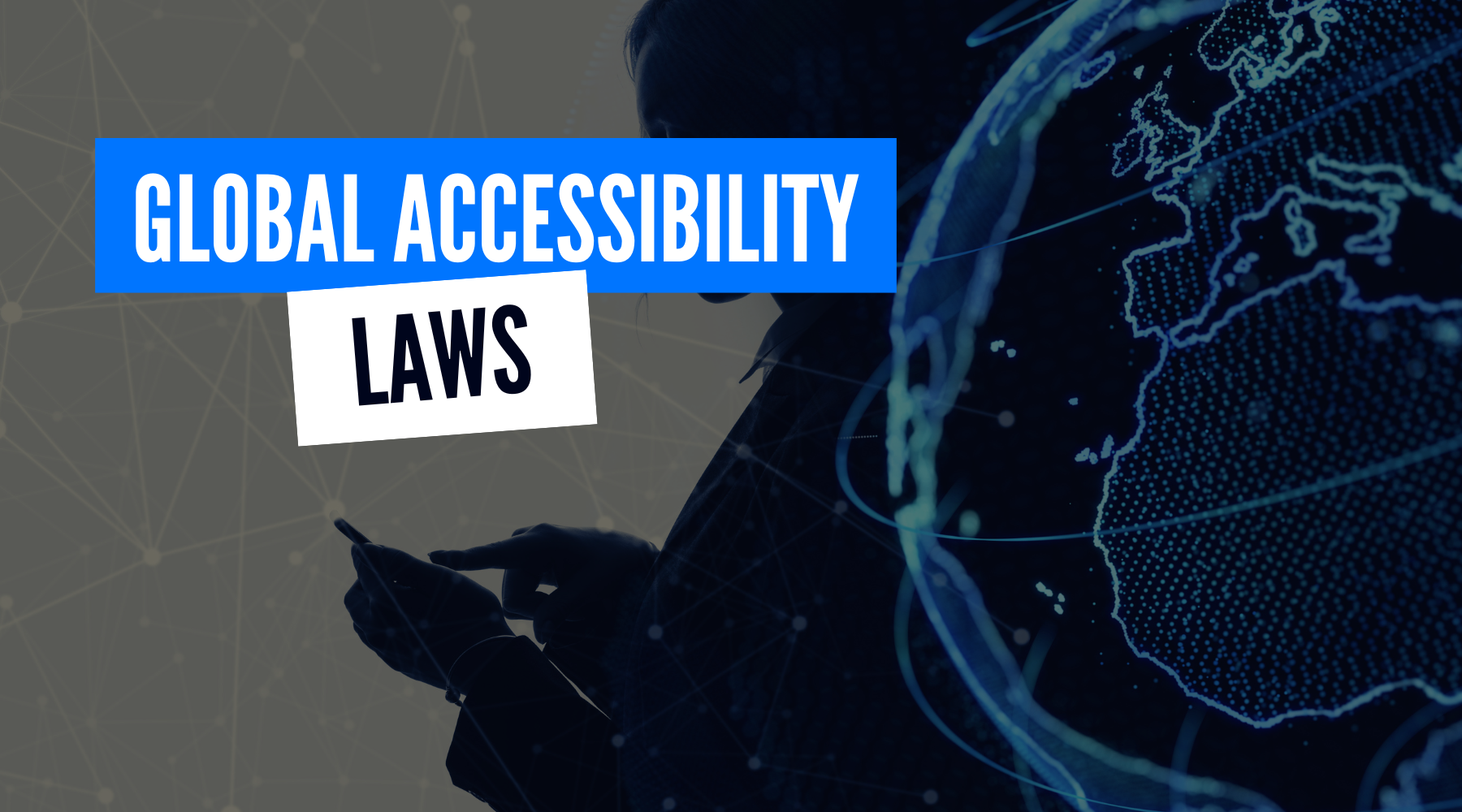In an increasingly digital-first world, accessibility isn’t just a legal checkbox – it is becoming a well-known competitive advantage. As global businesses race to improve user experience, ensuring every customer, regardless of ability, can engage with your digital platforms is now a must-have, not a nice-to-have.
Governments are raising the bar. Accessibility laws like the European Accessibility Act (EAA), Americans with Disabilities Act (ADA), and Accessibility for Ontarians with Disabilities Act (AODA), alongside global benchmarks like the Web Content Accessibility Guidelines (WCAG), are setting new expectations for digital compliance, inclusivity, and innovation.
Global accessibility standards: What you need to know
- EAA (EU): Targets accessibility for digital services, transport, and ecommerce. Enforced by EU member states with WCAG 2.1 as a baseline.
- ADA (US): Expands digital accessibility under “public accommodations.” Lawsuits are common, so compliance is business-critical.
- AODA (Ontario, CA): WCAG-driven law enforced by provincial regulators with fines for non-compliance.
- WCAG (Global): The technical playbook for accessibility, adopted by nearly all regional laws as the standard.
These standards overlap, but enforcement methods, fines, and jurisdictions vary widely, creating a complex landscape for global brands.
The intersection of accessibility and customer experience
Here’s the thing: accessibility isn’t just about avoiding lawsuits. It’s about reaching everyone, and delivering a seamless experience to all users, across all devices. That’s true customer experience (CX).
Failing to meet these standards can hurt more than your wallet. It impacts brand trust, user satisfaction, and conversion rates, especially for ecommerce and digital platforms.

Why businesses must align globally
If your platform reaches users in multiple regions, your accessibility strategy has to do more than just tick local boxes:
- Avoid legal risk and costly penalties.
- Deliver a consistent, inclusive UX.
- Future-proof against emerging laws.
- Build brand equity through social responsibility.
- Maximise reach by being truly user-first.
What to do next
- Perform accessibility testing & audit your digital platforms against WCAG 2.2.
- Implement fixes for usability, navigation, and content.
- Create accessibility statements and feedback channels.
- Train your teams – accessibility isn’t just a dev task, it’s a culture shift.
Want a breakdown of how EAA impacts ecommerce?
Check out our in-depth guide on the European Accessibility Act to see country-by-country fines, legal timelines, and practical tips to get ready before June 2025.





